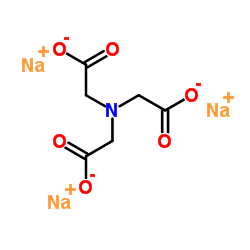| 结构式 | 名称/CAS号 | 全部文献 |
|---|---|---|
 |
丙酮
CAS:67-64-1 |
|
 |
氯化钠
CAS:7647-14-5 |
|
 |
L-谷氨酰胺
CAS:56-85-9 |
|
 |
L-2,4-二氨基丁酸 单盐酸盐
CAS:1482-98-0 |
|
 |
4-羟乙基哌嗪乙磺酸
CAS:7365-45-9 |
|
 |
氯化钠-35cl
CAS:20510-55-8 |
|
 |
巯基乙醇
CAS:60-24-2 |
|
 |
苏木精
CAS:517-28-2 |
|
 |
次氮基三乙酸钠盐
CAS:5064-31-3 |
|
 |
次氮基三乙酸二钠盐
CAS:15467-20-6 |